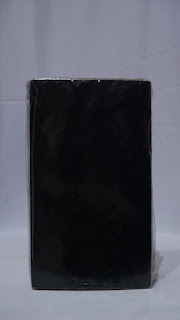UNO CARD GAME
B035
Uno is a
globally beloved card game, renowned for its simple yet exciting and
competitive rules. Developed in 1971 by Merle Robbins in Reading, Ohio, Uno has
become a part of mainstream entertainment culture and is currently a product of
Mattel since 1992.
Basic Rules The goal of Uno is to be the first
player to run out of cards, while accumulating points from the remaining cards
in the opponents’ hands. Each game typically unfolds over several rounds, with
players aiming to reach 500 points to win. The Uno deck consists of 112 cards,
divided into four colors: red, yellow, green, and blue. Each color has numbered
cards from 0 to 9 and action cards like “Skip,” “Draw Two,” and “Reverse.”
Additionally, there are “Wild” and “Wild Draw Four” cards that allow changing
colors and forcing opponents to draw more cards.
How to Play The game starts by dealing 7 cards
to each player and flipping one card on the draw pile to form the discard pile.
Players will play cards matching the color or number of the card on the discard
pile. When down to one card, a player must shout “Uno!” to signal. If they fail
to do so, they may be penalized with additional cards if caught by an opponent. Diversity
and Evolution Uno continuously innovates with various versions,
from waterproof Uno H2O to video games and mobile apps. House rules and
player-created variations also make the game more diverse and rich. Conclusion Uno
is a card game that brings joy and laughter to all ages. Easy to learn but
challenging to master, Uno requires quick thinking, strategy, and a bit of
luck. It’s an excellent game for connecting friends and family, providing
memorable moments of entertainment.
More info:
https://en.wikipedia.org/wiki/Uno_(card_game)






























